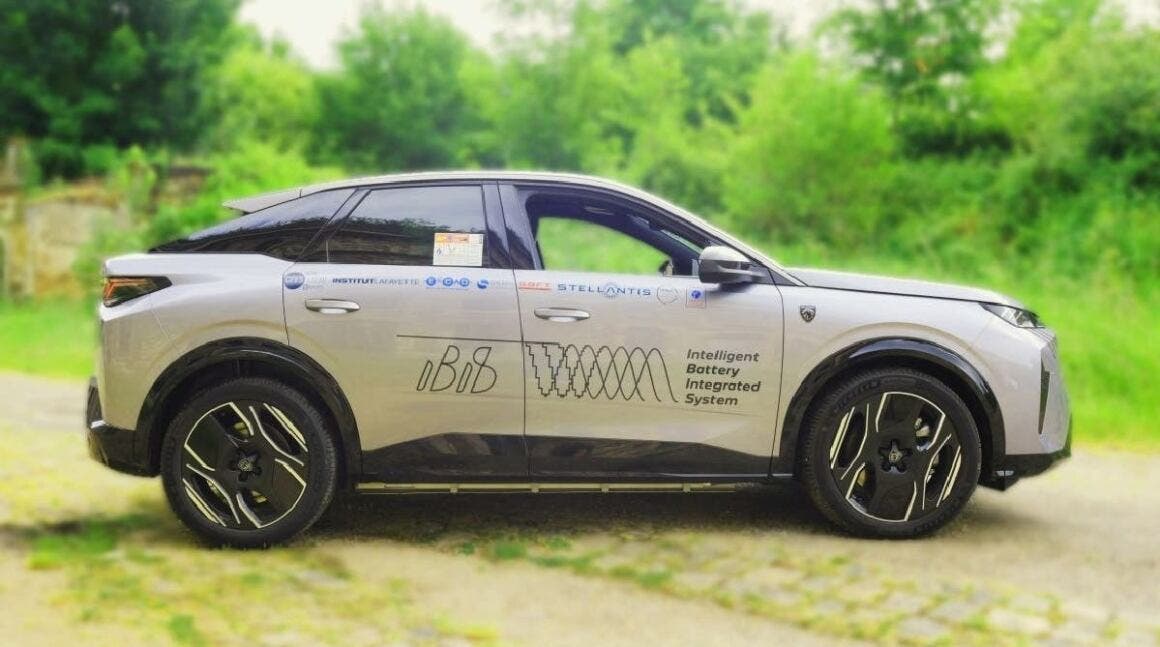Stellantis, in collaboration with Saft, a subsidiary of TotalEnergies, has unveiled a prototype vehicle equipped with IBIS technology, a French research project designed to revolutionize energy storage and conversion systems by making them lighter, more efficient, and more sustainable. With initial road tests already underway, this marks a crucial step toward the system’s future deployment in production vehicles by the end of the decade.
Stellantis and Saft introduce IBIS: Peugeot E-3008 leads the way in next-generation electrification

The first vehicle to test the new architecture is a Peugeot E-3008 built on the STLA Medium platform. This prototype is the result of years of design, simulations, and collaborations with partners such as E2-CAD, Sherpa Engineering, and leading research institutes including CNRS, Université Paris-Saclay, and Institut Lafayette. A first demonstrator for stationary applications was created back in 2022, validating the system’s principles and leading to numerous patents.
The distinctive feature of IBIS lies in the integration of inverters and chargers directly into the battery, regardless of the chemistry used. This enables the battery to power the motor or the grid, supply auxiliary systems and the 12-volt network, and support both alternating and direct current.
The advantages are significant: energy efficiency improves by around ten percent under the WLTC cycle; power increases by fifteen percent, reaching 172 kW compared to the current 150 kW; weight is reduced by about 40 kilograms; and up to 17 liters of space is freed, with additional benefits for aerodynamics and design flexibility. Charging time drops by fifteen percent, from seven hours to six with a 7 kW charger, while energy consumption falls by ten percent. Maintenance is also simplified, and the system optimizes second-life battery reuse.
According to Ned Curic, Chief Engineering and Technology Officer at Stellantis, “simplification means innovation, because it makes the electric architecture lighter, more efficient, and more accessible, offering customers better and more affordable vehicles.” Hervé Amossé, EVP Energy Storage Systems at Saft, emphasized that “IBIS marks the beginning of a new era of smart and sustainable energy solutions, capable of meeting future needs with flexible and competitive technologies.”
The second phase of the project began in June 2025 with the support of the French government’s France 2030 program. The focus is now on real-world testing, which could pave the way for integrating the technology into Stellantis production vehicles. Beyond the automotive sector, IBIS also has potential applications in rail, aerospace, maritime, and data centers, further underscoring Stellantis and Saft’s commitment to scalable, low-impact electrification.

